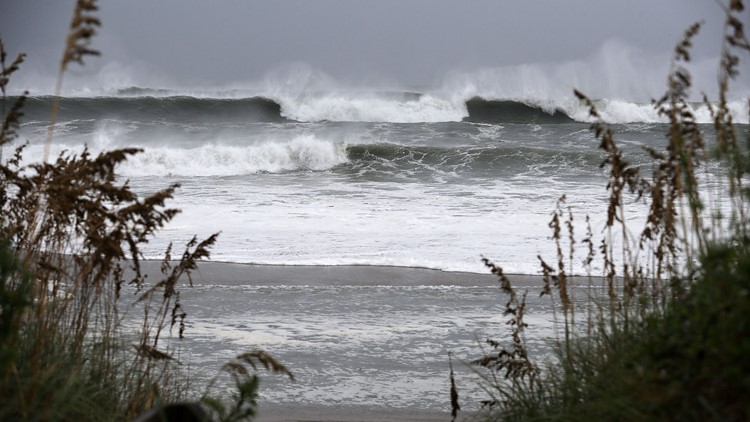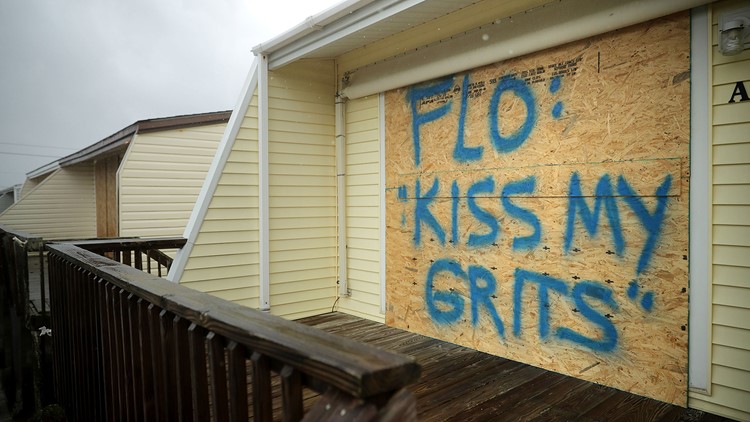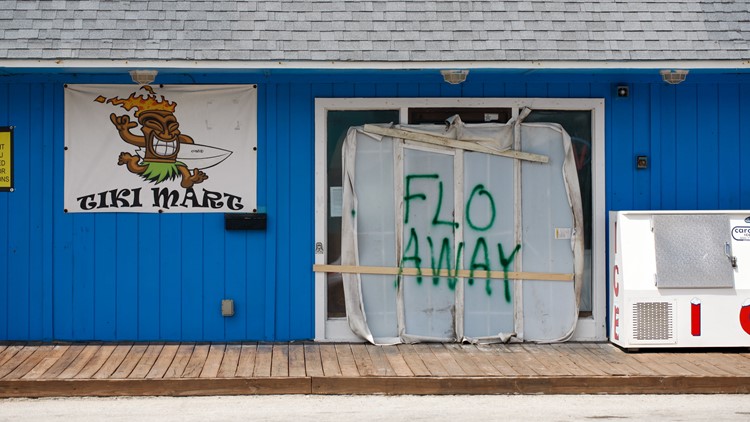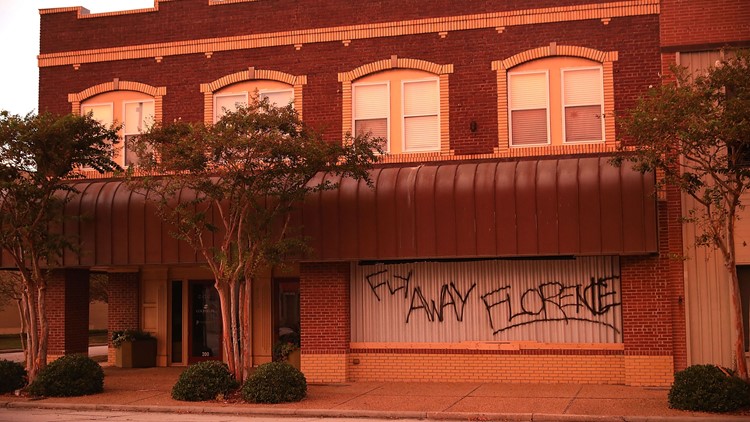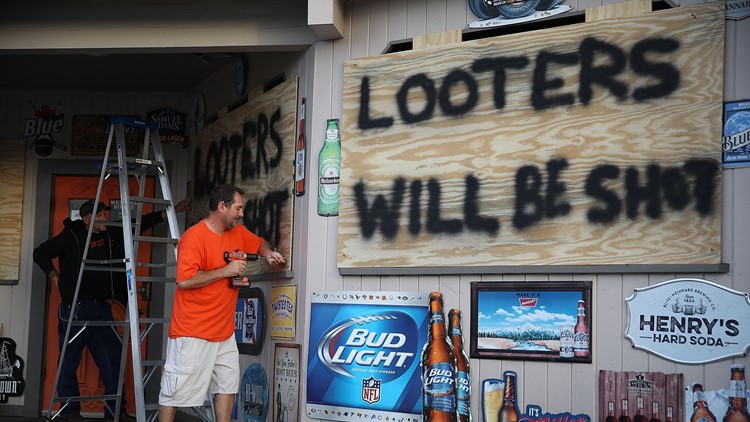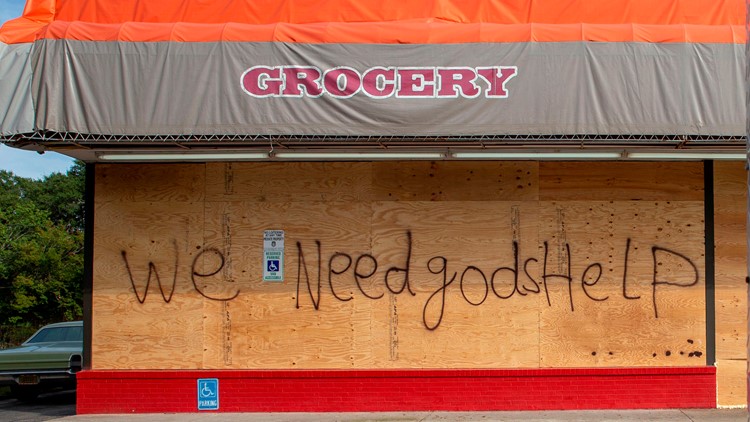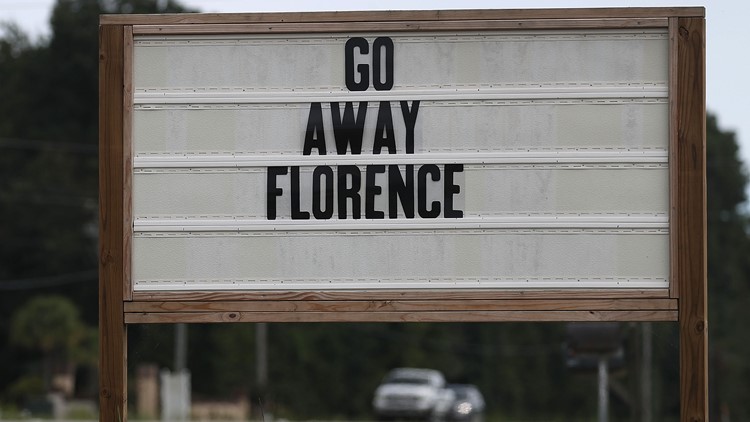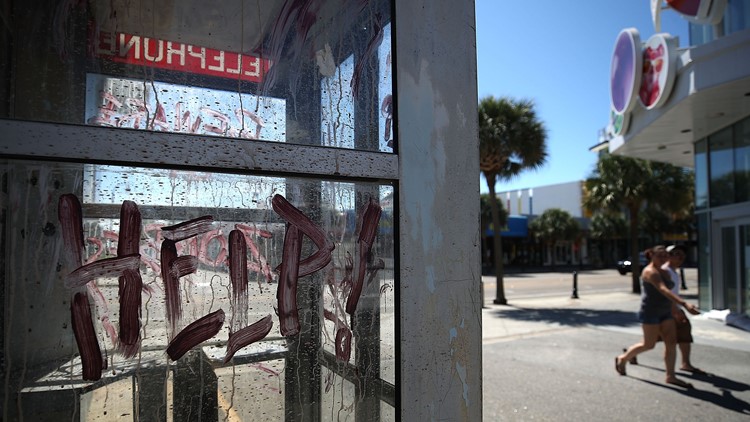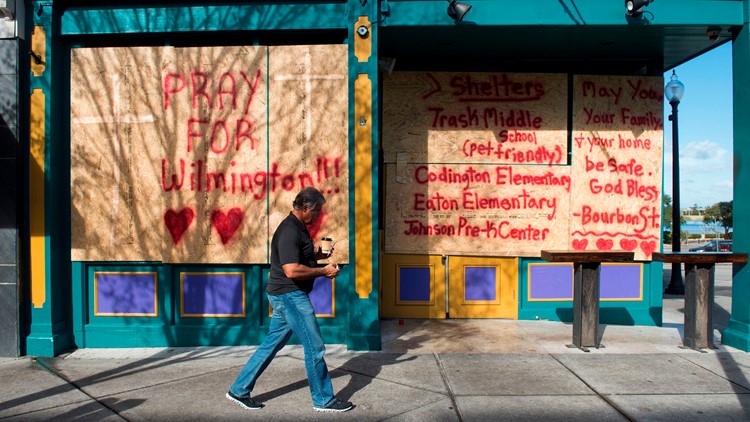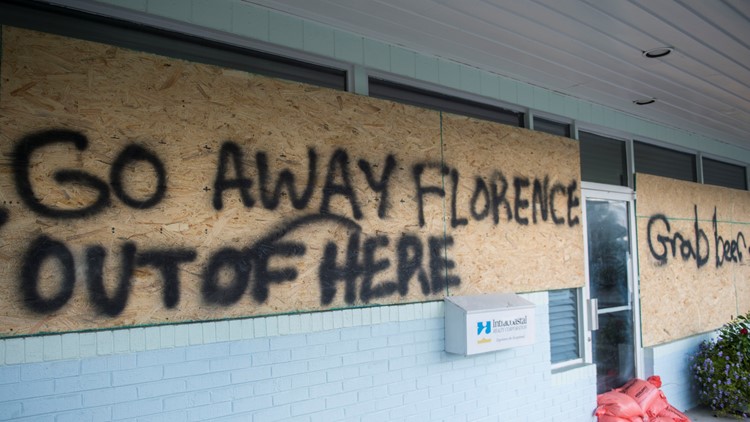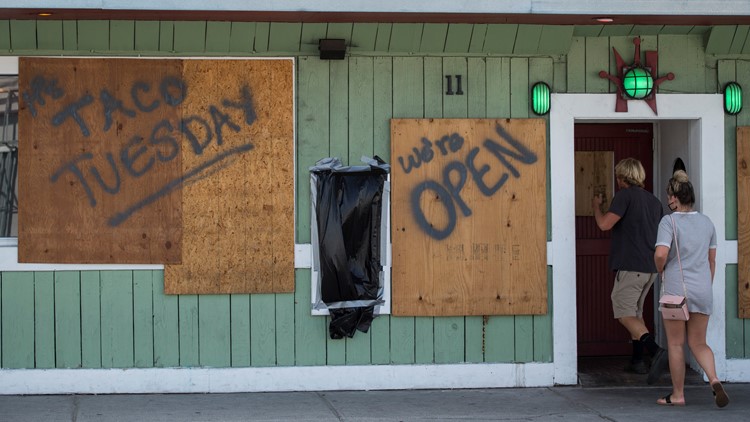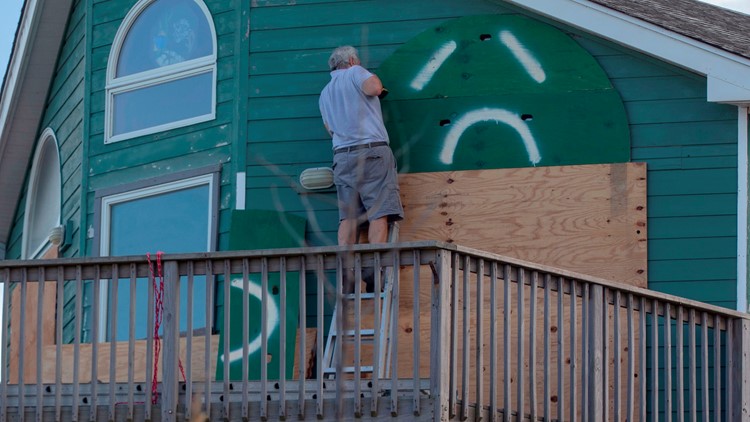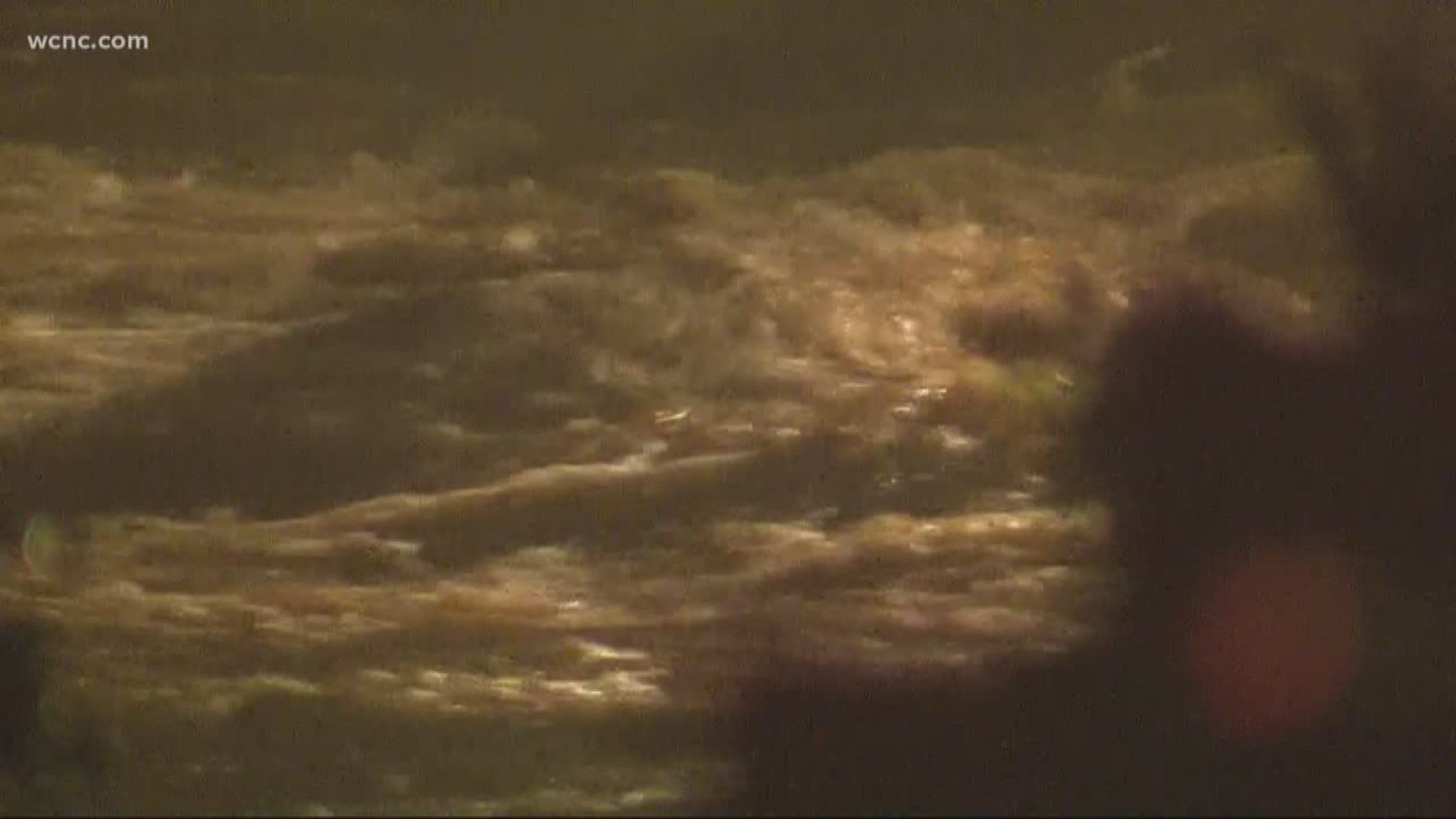Hurricane Florence is set to hit the Carolinas with heavy rains and extensive damage expected from storm surges – which carry powerful rain and winds.
WHAT IS A STORM SURGE?
According to the National Hurricane Center, a storm surge is “an abnormal rise of water generated by a storm over and above the predicted astronomical tides.”
Generally, surges are much worse near the coastline than on rivers.
►Download the FREE 11Alive News app to receive breaking alerts and subscribe to our newsletter for email updates. Click here for live radars and updated maps.
WHAT MAKES STORM SURGES SO DANGEROUS?
Water rushes fast – it’s not like filling up a bowl of water. Strong ocean currents can heave thousands of pounds of water ashore.
“Adding to the destructive power of surge, battering waves may increase damage to buildings directly along the coast,” the National Hurricane Center said. “Water weighs 1,700 pounds per cubic yard.”
Storm surges can rip things away, pick up cars, erode beaches and destroy coastal highways. They are strong enough to pick up boats and throw them at buildings, posing a real danger for people.
PHOTOS: Coastal residents leave creative notes for Florence
WHAT IS A STORM SURGE 'WATCH?'
A storm surge ‘watch’ means conditions are ripe for surges and people should be prepared for one to happen.
When a storm surge warning is in place, it means the National Weather Center thinks the storm could be life-threatening.
WHAT KIND OF DAMAGE CAN HAPPEN TO BUILDINGS?
Buildings that survive hurricane winds can be damaged if their foundations. In confined harbors, the combination of storm tides, waves and currents can also severely damage marinas and boats.
In estuaries and bayous, saltwater intrusion can endanger public health, kill vegetation and send animals – including snakes and alligators – fleeing from public areas.
SURGE VULNERABILITY FACTS
From 1990-2008, population density increased by 32 percent in Gulf coastal counties, 17 percent in Atlantic coastal counties, and 16 percent in Hawaii (U.S. Census Bureau 2010)
Much of the United States' densely populated Atlantic and Gulf Coast coastlines lie less than 10 feet above mean sea level
► UPLOAD | Send us your weather pictures here
► Download the FREE 11Alive News app now in the iTunes store or on Google Play.


